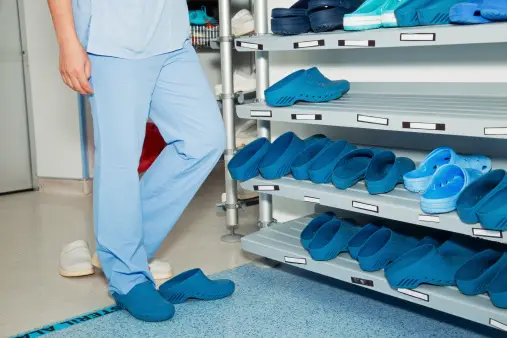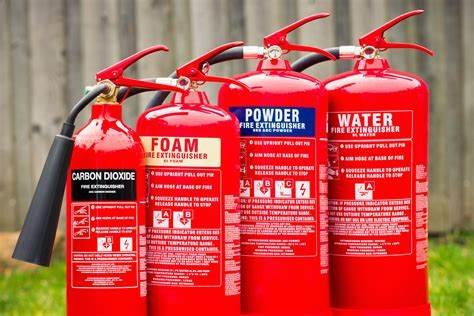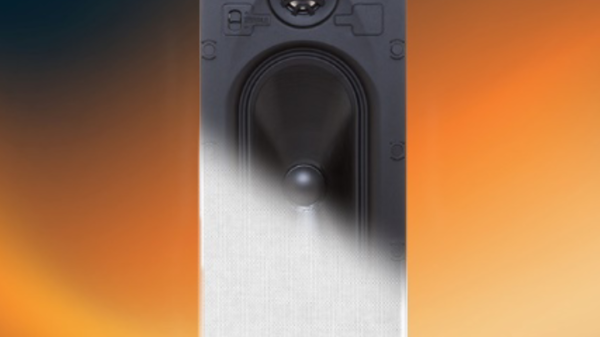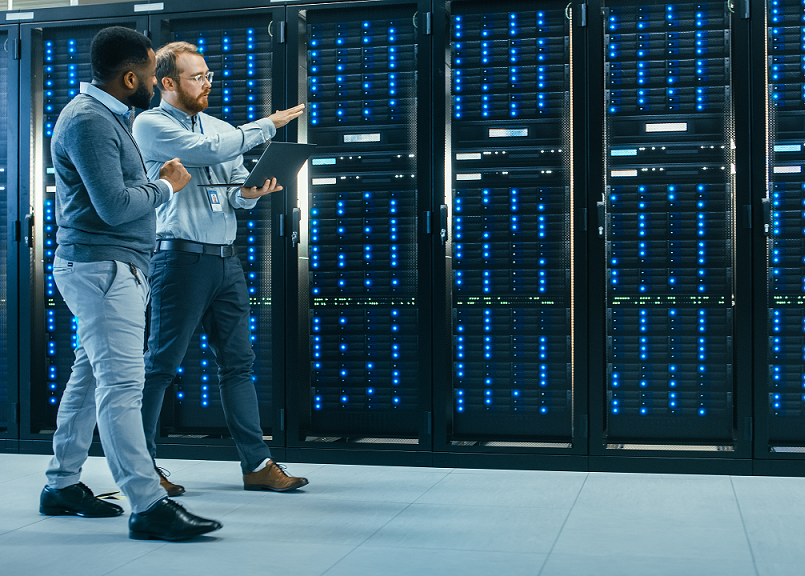Every digital service has its server network and processing resources. They offer the performance and availability needed for company operations while attempting to improve customer and end-user experiences. These resources are accountable.
- Search terms
- Data transport
- Information technology services
For hundreds of millions of users worldwide at any given moment.
Consider all of your servers and how much heat and power they generate. Anyone who has played games on a desktop or laptop knows how hot it can become. This is especially problematic during peak business periods when server rooms are filled with aisles upon aisles of computer devices.
It is critical to keep servers cool, especially for large corporations. It can, however, have a significant detrimental influence on the ecosystem. Let’s look at data center cooling and how businesses may make it more sustainable by utilizing new technology and basic procedures.
What Exactly Is Data Center Cooling?
Data center cooling does exactly what it says it does: it regulates the temperature of data centers to decrease heat. Failure to regulate heat and airflow in a data center can have severe results for a business. Because a lot of resources are spent keeping the temperature low, energy efficiency is drastically degraded. However, the risk of servers overheating is also raised.
Cooling systems in modern data centers manage heat flow and cool to maximum efficiency. Among these criteria include, but are not limited to:
- Temperatures
- Cooling efficiency
- Consumption of energy
- Cooling fluid flow characteristics
The interconnectedness of all components influences the effectiveness of the cooling system. Cooling is vital regardless of how you set up your server room or data center to guarantee that it is functioning and available for your business.
Benefits of Data Centers Cooling
There are various commercial advantages to data center cooling.
Server Availability Is Assured
With suitable data center cooling technologies, servers may stay online for extended periods. Overheating in a professional setting may be disastrous. It demands 99.99% availability. Any server failure will have an impact on your business as well as your customers.
Increased Data Center Efficiency
Although data may not flow as quickly in cool server rooms, it travels far quicker than if it were trying to cross a crash server.
Data centers may soon become hot zones, whether constructed with a cool aisle or a hot aisle in mind. As a result, it is critical to developing innovative cooling methods that are both efficient and simple to apply.
This implies that liquid cooling technologies should be adaptive, and air-cooling systems should be able to vary the temperature of cold air. This enables greater efficiency while expanding data centers.
Your Technology Will Be More Durable
Overheating computers are more likely to perish before their anticipated end-of-life date (E.O.L.). The expense of cooling in a data center rapidly pays for itself.
Data center cooling technology extends the life of hardware and saves enterprises money on infrastructure renewal. Businesses should avoid deliberately producing industrial waste and instead strive for greener I.T. solutions.
How Do You Keep Your Data Centers Cool?
It may be difficult to set up a full data center cooling system, but it is critical. Each server room must be properly cooled.
Failure to build a water loop in a high-performance setting might result in catastrophic consequences. Data centers that are not frequently cooled might fail.
Specialist groups can assist data centers in identifying and implementing cooling systems. They also oversee the management of data center equipment, from installation through decommissioning. If you are unfamiliar with cooling systems in data center layouts, it is a good idea to locate one nearby.
Cooling Is The Process Of Removing Heat From An Area
The computer infrastructure must be kept at an appropriate temperature to maintain optimal performance. The cooling system draws heat from the data center equipment and its surroundings. Cool air or fluids are utilized to replace heat to lower temperature.
Techniques For Cooling Data Centers
I.T. specialists in charge of cooling data centers must balance many aspects. There are several methods for controlling the air quality in computer rooms.
- Water is used in liquid cooling to keep servers cool. Popular is a Computer Room Air Handler (CRAH), which mixes liquid and air cooling. However, new technologies, such as Microsoft’s boiling-water cooling, are being employed to cool data center servers and push evaporative cooling technology.
- To allow heated air to depart the I.T. room, air conditioning employs a variety of Computer Room Air Conditioner (CRAC) technology.
- A chill zone beneath the elevated platform allows a CRAC or CRAH to distribute heat through cooled water coolers.
- An HVAC system manages the cooling infrastructure and regulates the temperature and humidity. Other technologies can also supply air cooling.

































































